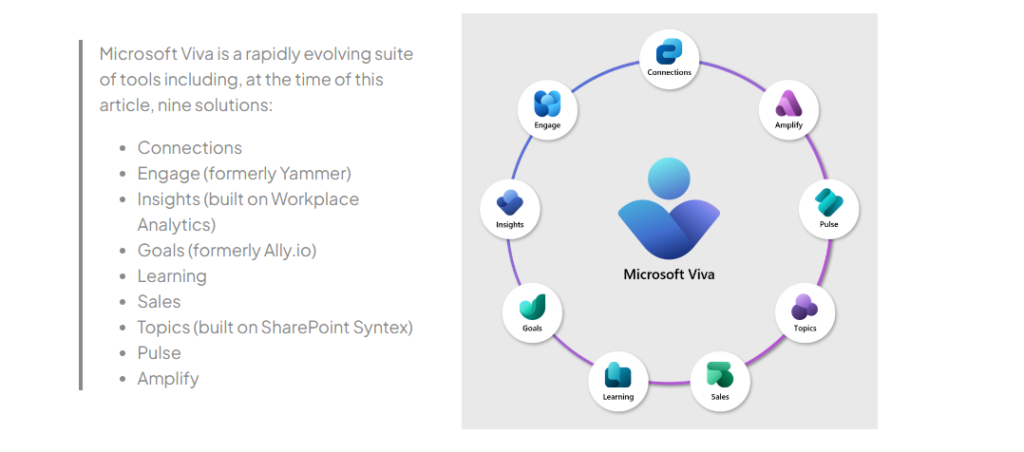I consider myself to be, in many ways, an accidental IT Pro.
I never set out to have a career in IT. In fact, much of my schooling focused on drama, theater, and psychology. But as oftentimes happens, life took a different turn and I found myself in the financial industry for many years. I was a bit of a self-taught techie having dabbled with computers and software in my teens and early 20s.
At the bank I embraced Lotus Notes! I pushed and prodded the mortgage office to fully embrace the collaborative nature of software. Always highlighting the features that could help us stay in sync and “do so much more” than just have email and calendars. Little did I know what the future would bring!
Over time I moved from the mortgage company to a large bank in the Southeast. I became unofficial tech support before calling our IT department. Often, I would work with them instead of sending a technician to our branch, 2 hours away.
The transition to IT begins…

During this time, I was asked by a colleague who worked at the NASA data center to help copy edit a book for Microsoft Press. It was called the SharePoint Product and Technologies Administrator’s Pocket Consultant. I’m pretty good with words so I agreed. It was intriguing! I was so impressed with the features I was reading (and rephrasing to put into proper English) about collaborative software designed to help entire organizations work together.
My payment for the work was to go to SharePoint training classes. I absorbed the info like a sponge, not knowing how I would ever leverage the information.
A year or so after I transitioned to that branch a coworker moved to an engineering and manufacturing company that worked with big aerospace companies, the Department of Defense, and the military. When a spot on their help desk opened up, he asked if I wanted to apply. I jumped at the opportunity.
My time on that help desk was invaluable. I learned so much about people and how they relate to technology. I also saw, firsthand, good and bad technology implementations. The fallout of the bad ones not only impacted budgets but morale. I saw departments and individual people struggle to be heard. To ask repeatedly for a need to be met and have that need go unanswered. Not for lack of trying or indifference, but for lack of understanding.
Considering employee experience.
We didn’t talk about Employe Experience or Employee Engagement much in 2008, at least not in IT. We didn’t consider the importance of approaching implementations and deployments with a people-first mindset. I’m not exactly sure why because we plainly see that when the business and IT work together, we are more successful. #Bettertogether, right?
It took a global pandemic for us to agree on the importance of ensuring our employees, our people, are supported and engaged. The evidence is clear that when there’s successful employee engagement organizations, and their employees, thrive.
We now have an entire suite of technology designed to showcase the engagement of our employees and the support we give them. But as is the case often with technology, it can be tricky to know where to start. Which app should we deploy first? Viva Connections? Maybe Insights? What about Viva Learning?

By working together, these IT and business stakeholders can develop and execute a roadmap that addresses the needs of the organization and its employees. But to know how the map should be designed we have to know where we need to go. Find out what gaps you need to fill and start there. IT can’t do it all. They need information, support, and feedback from the people in your organization. The business can’t do it alone. They need IT to deploy, support, and manage the various apps that comprise the Viva suite.

This collaboration ensures that technology implementations are approached with a people-first mindset, leading to increased employee engagement and overall success for the organization.





Leave a Reply